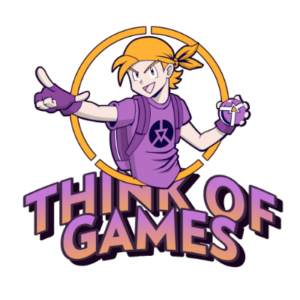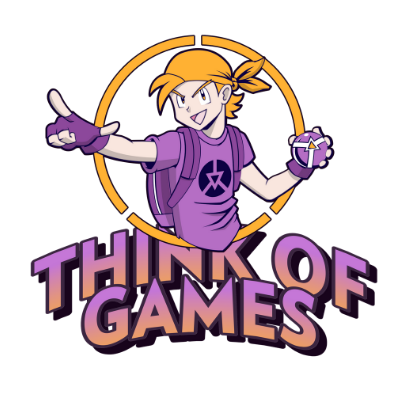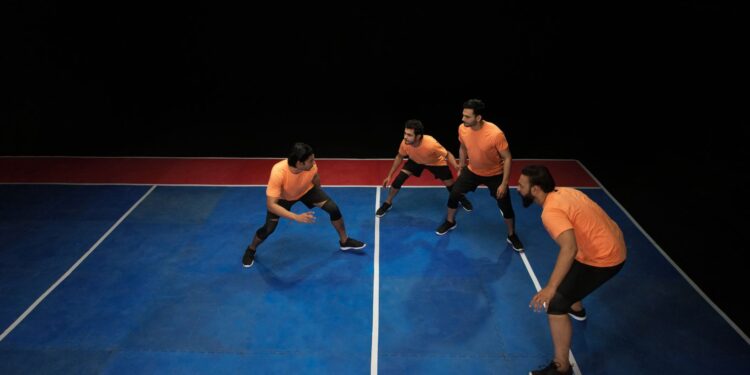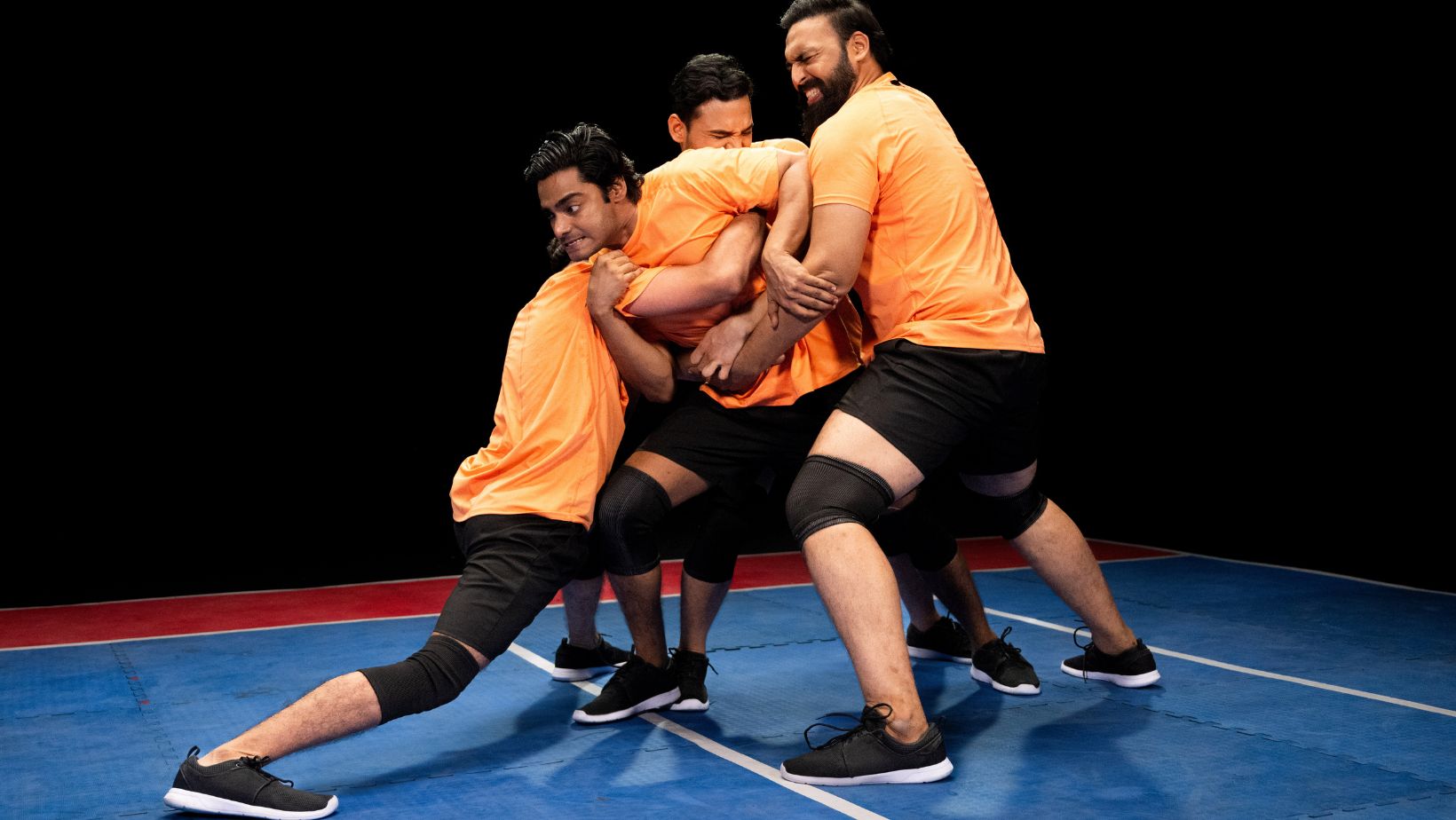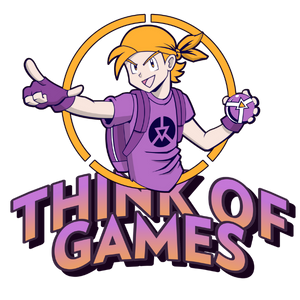I remember the first time I saw kabaddi. It wasn’t in a stadium, and it certainly wasn’t on television. It was in a dusty field just outside of Varanasi, sometime in the late monsoon season. The ground was damp, the air thick with the earthy perfume of wet soil, and barefoot boys, maybe twelve or thirteen, were chanting—”kabaddi, kabaddi, kabaddi”—like a prayer that didn’t want to end.
The scene had a rhythm that felt older than time itself. No referee, no audience beyond a handful of elders sipping chai under a neem tree, and certainly no scoreboard. Yet, there was structure. Unspoken rules. Respect. That afternoon, I didn’t see a “game.” I saw a ritual. A yuddha of breath and will. A traditional sport not built in gymnasiums or taught in academies, but inherited through generations.
This is how kabaddi began—not in rulebooks or international leagues, but in the soul of the Indian village. It wasn’t just a sport; it was an Indian sport, born in the bosom of community living, wrapped in local customs, and passed down like oral folklore.
From Village Squares to Professional Arenas: Traditional Sport Evolution
If you want to understand kabaddi, don’t look at stats first. Look at geography. This game lives differently in Tamil Nadu than it does in Punjab. In Maharashtra, it was woven into schoolyard competitions; in Bengal, it often ran alongside wrestling. The rules? Fluid. The boundaries? Chalk-drawn and easily disputed. But the essence—one breath, one body against many—remained pure.
Kabaddi’s earliest textual references trace back to ancient Indian epics like the Mahabharata, and oral traditions connect it to Lord Krishna’s playful mischief. It was always more than entertainment; it was about endurance, strategy, and survival. A game where one raider dared to face an entire defense line, armed with nothing but agility and air in his lungs.
When you juxtapose this raw authenticity with modern sports—let’s say the IPL 20 25 leading run scorer debates or the digital precision of tennis line calls—you understand what’s been at stake during kabaddi’s transformation. The move from a traditional sport into an organized professional spectacle wasn’t just progress. It was a negotiation.
The Pro Kabaddi League Revolution: When Kabaddi Met Modern Broadcasting
I still remember the launch of the Pro Kabaddi League (PKL) in 2014. I was skeptical. Could this dusty relic of childhood really sit beside cricket’s glamor? Could a game played in silence—with breath held, not bat swung—entertain millions?
It didn’t just entertain. It exploded.
PKL’s first season saw over 435 million viewers. It wasn’t just regional fans; it was urban India tuning in, it was diaspora families in the US, it was analysts comparing tackle efficiency rates between teams like Patna Pirates and Jaipur Pink Panthers. Suddenly, “all-out” and “super tackle” became part of everyday sporting parlance.
The numbers kept climbing. In 2023, PKL recorded a cumulative reach of over 300 million viewers in just the opening week. Brands jumped in. Stadiums were packed. Player auctions began resembling stock markets. Raiders like Pardeep Narwal and Naveen Kumar became household names—not just athletes but sports celebrities in the Indian consciousness.
What cricket was in the 90s, kabaddi became in the 2020s—a binding national emotion. But make no mistake: it came at a cost. Uniform rules replaced local tweaks. Broadcasting dictated time slots, sometimes even raid lengths. The old rhythm was recast in a new tempo.
Global Expansion: How This Indian Sport Conquered International Markets
We talk a lot about football’s global reach, or the NBA’s Chinese fanbase. But kabaddi? Kabaddi is now played in over 50 countries. There’s a World Cup. The sport featured in the Asian Games. I’ve seen Iranian defenders who could match Indian raiders pound for pound, South Korean teams that rely more on strategic raid rotations, and even UK-based clubs nurturing diaspora talents.
In Toronto once, I met a second-generation Punjabi-Canadian who spoke fluent French but only played kabaddi in the style of his nana. He didn’t know cricket. Never watched hockey. But he could execute a back hold with textbook precision.
The International Kabaddi Federation now coordinates events across continents. From Malaysia to Kenya, the sport adapts, evolves. Some places introduce mats; others add protective gear. But the core remains: breath, movement, and mind games.
It’s in this evolving arena that modern analytics and platforms like dbbet registration find their place. Where traditional kabaddi once trusted the village elder’s wisdom, now we track player heatmaps, predict raid success rates, and even integrate fantasy league statistics. Dbbet registration, for instance, brings kabaddi into the orbit of modern sports betting and data interpretation—an arena once reserved for cricket or football.
Cultural Preservation vs Commercial Success: The Traditional Sport Dilemma
Here’s the paradox. As kabaddi rises, some fear it loses itself.
When I returned to that village near Varanasi last year, the kids were playing under halogen lights. They had team jerseys. One even had a sponsor printed on the back: a local mobile network provider. But they no longer chanted “kabaddi” as they raided. The chant was gone—replaced by whistles, timers, and, oddly, a Bluetooth speaker blaring Bhojpuri remixes.
I didn’t know how to feel. Proud? Yes. Kabaddi had climbed global ladders. But also… a little sad. Was this still the traditional sport I first fell in love with?
This is the dilemma many in the kabaddi world face today. How do we balance heritage with progress? Community with commerce? Spirit with structure?
The sport has brought jobs, pride, even national medals. Just look at the Asian Weightlifting Championships, where athletes like Akbar Djuraev redefine regional pride. Kabaddi does something similar—it gives rural India a platform. But will it still be the game of breath and soil in twenty years? Or just another TV format with season breaks?
A Final Breath (Before I Raid Again)
I don’t have clean conclusions. Kabaddi, like all living things, evolves. From a rural pastime to a professional sport, from whispered chants to prime-time shows, it has made India—and in a strange way, the world—hold its breath.
Is it the same game I first saw under that neem tree? No. But perhaps, it’s stronger now. It breathes deeper, stretches farther.
And in every do-or-die raid, in every bonus line gamble, and every moment when a raider sprints back in time with defenders on his heels—I still see echoes of that first muddy field.
So yes, kabaddi is an Indian sport. But more than that, it’s India itself. Proudly old. Unapologetically new. And forever caught in the breathless middle.
